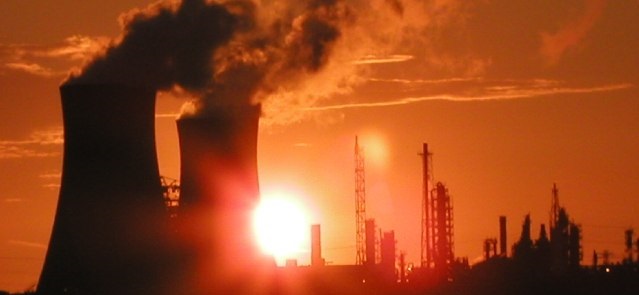
We have all become aware of the rising of green house gases and abundance of Co2 within our Earths atmosphere. Calera, a company that converts Co2 to create calcium carbonate cement to be used in a vast amount of products. The process is more environmentally sustainable and energy efficient for the production of industrial materials, green power and fresh water.
Calera has designed a new chemical platform called Alkalinity Based on Low Energy (ABLE). Extracting and capturing Co2 from industrial emitting sources, Clarera uses the collected gas concoction and runs it through electrochemical and catalytic processes.
Crystallographer and the founder of Calera Brent Constantz states, “for every ton of cement we make, we are sequestering half a ton of CO2.” The isolated CO2 is converted into calcium carbonate. This process can also create many other commodity chemicals, such as sodium hydroxide, and at a lower cost and production rate to usual methods. Calera now “produces up to two tons of cement from carbon dioxide and industrial waste per day, sequestering about four-tenths of a ton of carbon dioxide in each ton of the material.”
The Calera process took the idea of capturing and converting CO2 from observing our world and the processes of nature. Our Earth has seen its fair share of CO2 but has dealt with it in various ways. Corals utilise CO2 to form calcium carbonate structures that overtime build complex reef formations. It has been estimated that 100 million billion tonnes of CO2 has been deposited as geographical structures. “Using the same process as corals, Calera captures carbon dioxide gas and dissolves it in water with other compounds to make calcium carbonate. Once the calcium carbonate is made, the carbon dioxide can be stored indefinitely.”

The process of capturing CO2 is not an unheard of method by all means. For many years, CO2 has been captured using a similar process via fossil fuelled plants; however, instead of putting the CO2 to use, it is stored where it cannot be released back into the atmosphere.
Despite the promises this sustainable material offers, builders are a bit wary of the uncertain technology. Portland Cement Association’s Steven Kosmatka says, “the construction industry is very conservative…it took PCA about 25 years to get the standards changed to allow five percent limestone [in the Portland cement mix]. So things kind of move slowly.”
The New York Times said in 2010 that “much of the skepticism about the project stems from the acid created in Calera’s chemical process. It has to find a way to dispose of it or neutralize it by adding alkaline materials, without creating more environmental problems or raising costs.” On an industrial scale, this could cause a problem, but making concrete is the third-largest man-made CO2 contributor worldwide, meaning the Calera process might be the only necessary solution. Constanz is confident about Calera, in an interview with Scientific American he states “We probably have the best carbon capture and storage technique there is by a long shot.”
Image Credit: Wikimedia Commons, Andy Beercroft
This Article (CO2 Captured From Earth’s Atmosphere To Create Eco-Friendly Building Material) is free and open source. You have permission to republish this article under a Creative Commons license with attribution to the author and AnonHQ.com.




